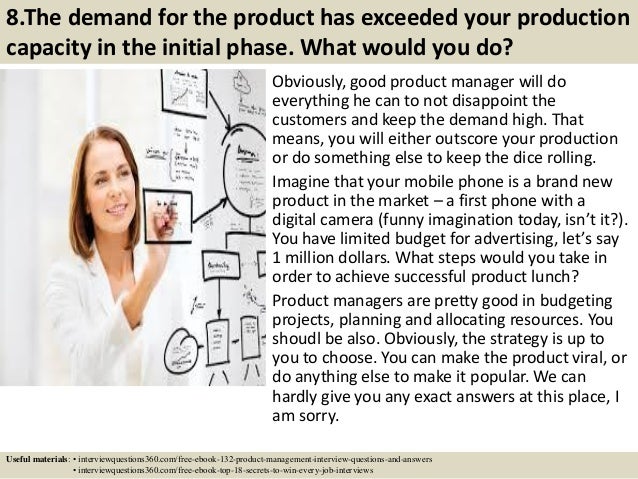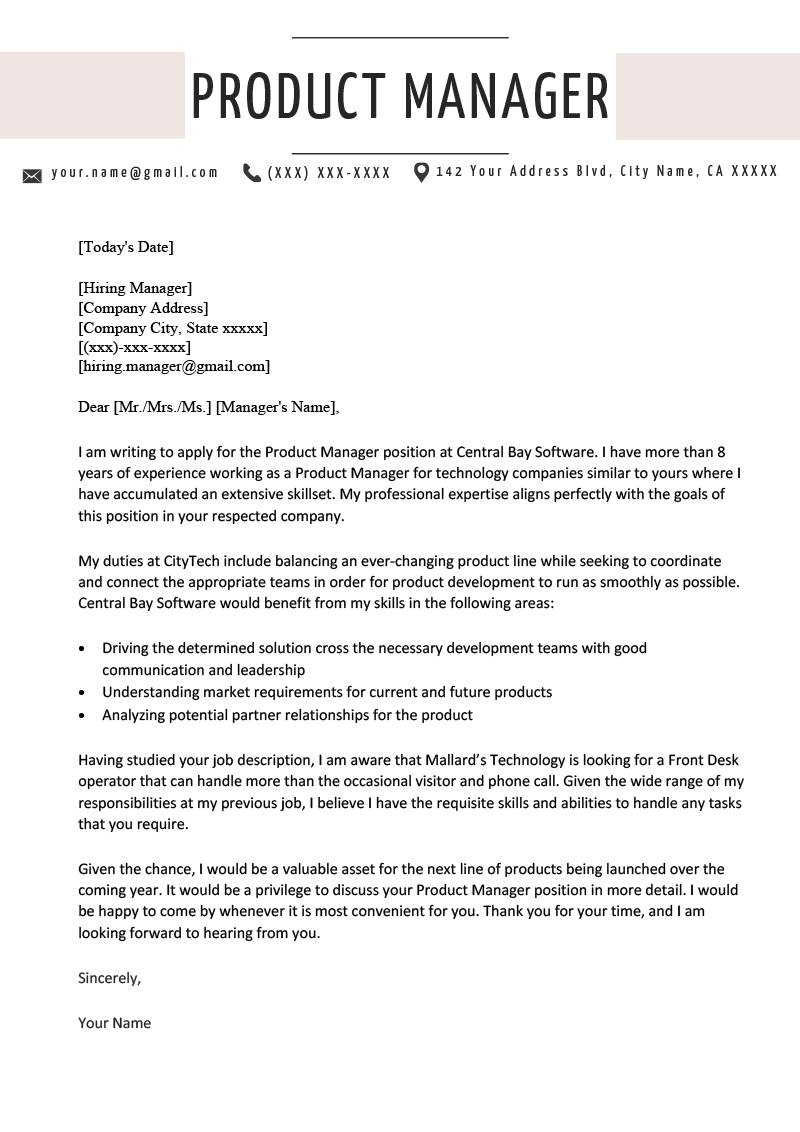

If you don’t fully understand what problem you’re solving, you will most likely make something nobody wants!Īfter having a clear picture of what you’re trying to solve and achieve, you can generate solutions by following these three steps: Keep in mind that if at this point the B or U of your framework is wrong, your solution is almost guaranteed to fail. Prioritize user problems : finally, you should prioritize user problems using some kind of metric, for example, how painful the problem is to your selected group of users. It’s important to understand what really constitutes these problems by being aware of surface-level problems.

You can confirm your beliefs using the methods mentioned above. Identify user problems : after selecting your user type, list out some problems you believe this type of user is facing. You can find these answers by doing user interviews, ethnographic studies, diary studies, quantitative metrics, etc. Select a user type : identify the different types of user for your product and select one that is causing the business problem. Instead, you should approach them with the following steps: It’s also not very effective to list out user problems in an unstructured fashion.

For example, if you’re asked “How do you improve Gmail”, a big problem to look at should be storage, not the fonts or sidebar colors. And I’m talking about the big, fundamental problems, not the symptomatic ones. The second step when designing/ improving a product is to identify possible user problems.

Specific to the product design/improvement question type, you should follow the 3-step BUS framework, which stands for Business Objective, User Problems, and Solution. Otherwise, you’ll come out as extra rigid and bookish. A word of warning: always customize frameworks to the specific question asked, and never mention the framework’s name (framework-vomiting) in actual interviews. Whenever you need to structure an answer, I recommend using frameworks. Because you’ll likely be given difficult questions, a well-structured, clearly-communicated answer shows your ability to think analytically, solve challenging problems, and deliver solutions under time-pressure. How would you improve it?įor this question type, interviewers will most likely want to see a structured and coherent answer. How would you improve throughput at an airport?.How would you improve coffee machines used in offices?.Design an app for a community of Celiac’s disease patients.Design a dictionary lookup for scrabble.Design an app for the Department of Motor Vehicles (DMV).Design a navigation product for blind people.Companies often choose areas out of your comfort zone to observe how you react to new product problems, and how creative you are with the solutions.įor example, here are a few product design questions often asked at Google and Facebook, according to Glassdoor: Oftentimes, you will not be given questions in familiar areas, such as “Design a new food-ordering app”. This is similar to case interviews, the type of interview used by management consulting firms. When asking these questions, interviewers mainly assess your problem-solving process, or how you approach the problem. This question type tests your creative problem solving ability, analytical thinking, and communication skills. Type 1: Product design and/or improvement questions


 0 kommentar(er)
0 kommentar(er)
